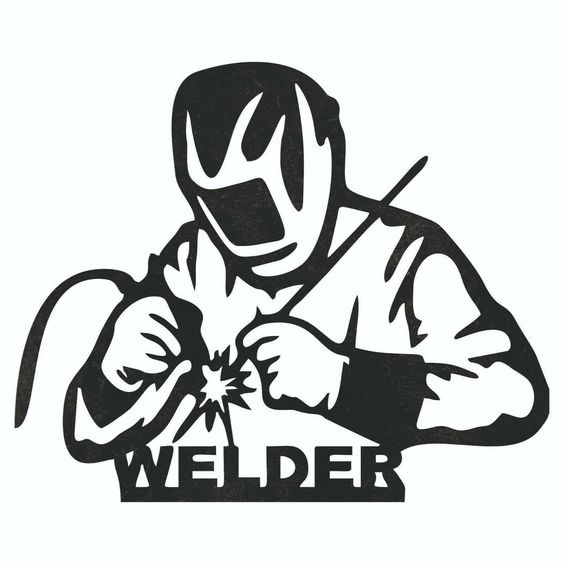Plasma cutter welder is a multi-functional welding machine that can use plasma cutting to cut metal, and can also perform MIG or TIG welding. This type of welding machine uses high-temperature plasma to cut or weld metal by generating plasma on the metal. Plasma is a high-temperature plasma cloud composed of ionized particles and free electrons in gas, which can be ejected at high speed and melt on the metal surface.
When using a plasma cutter welder for cutting, the operator first needs to fix the workpiece on the workbench, and then select the desired cutting mode and parameters, such as cutting depth, arc current, and gas flow rate. Then, use the plasma cutting pen to draw the desired cutting trajectory on the metal. The plasma cutting pen contains an electrode and a nozzle. The electrode generates plasma through the arc, and the nozzle is used to spray gas to protect and concentrate the plasma in the area that needs to be cut.
When using a plasma cutter welder for MIG or TIG welding, the welding gun needs to be inserted into the welding machine, and the desired welding mode and parameters are selected. Then, arc welding is generated on the metal surface, causing the filler material and base material to melt and form a solid weld after cooling. Plasma cutter welder has various functions and applications, and is suitable for processing and repairing various metal products.
Here is a more detailed explanation of factors to consider when choosing a suitable welding machine:
- Welding type: Different welding types require different welding machines. For example, MIG welding requires a MIG welding machine, TIG welding requires a TIG welding machine, and arc welding requires an arc welding machine, etc.
- Output power: Output power is an important parameter of a welding machine. The higher the power, the thicker the material the welding machine can weld. Choosing the appropriate power depends on the thickness and type of material that needs to be welded.
- Power requirements: Different welding machines require different power sources. Some require low voltage (110V), while others require high voltage (220V or higher). The power source standard in the country or region and the work environment need to be considered when selecting a welding machine.
- Quality and reliability: The quality and reliability of the welding machine are important factors to consider when choosing a welding machine. High-quality welding machines can provide more stable welding quality, reduce the failure rate, and maintenance costs.
- Weight and portability: If the welding machine needs to be frequently transported and moved, then choosing a lightweight and easy-to-carry welding machine would be more convenient.
- Ease of use and operation: Choosing a welding machine that is easy to operate and use can improve work efficiency, reduce operation errors, and reduce physical demands on operators.
- Safety: Welding is a hazardous job, so it is important to choose a welding machine with safety protection features, such as overload protection, overheating protection, phase-loss protection, short circuit protection, etc.
- Price: Price is a factor to consider when choosing a welding machine. The price of different models and brands of welding machines varies greatly. The choice should be based on the budget and actual needs. At the same time, it is important not to only consider the price but also the quality and performance of the welding machine.

